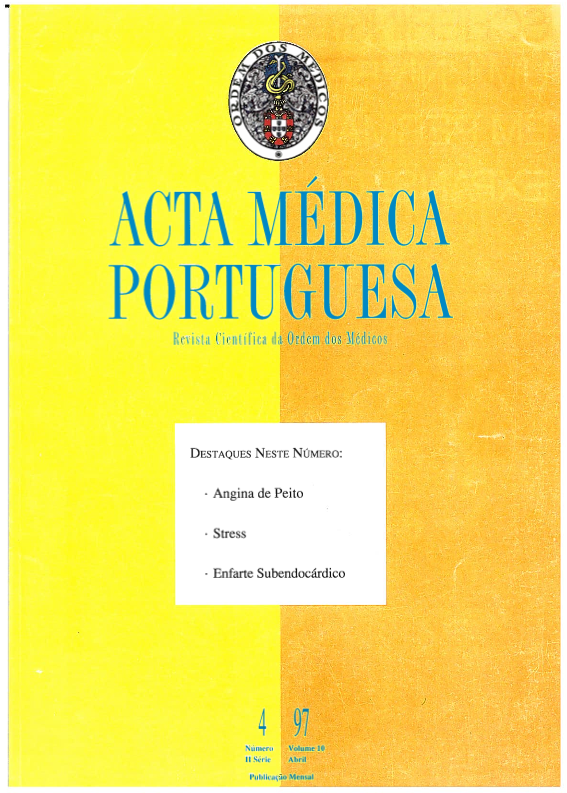The effect of left ventricular dysfunction on nocturnal desaturation in patients with chronic emphysematous bronchitis and PaO2 55-70 mmHg.
DOI:
https://doi.org/10.20344/amp.2409Abstract
The possibility of nocturnal oxygen desaturation (NOD) in patients with chronic bronchitis and emphysema (CBE) even with basal hypoxemia greater that 55 mmHg is well recognised. Nocturnal hypoventilation is admitted as the main cause for this NOD. In this study we evaluate how the presence of left ventricular dysfunction (LVD) could aggravate NOD. Thirty-six patients with CBE and basal stabilised PaO2 55-70 mmHg underwent right heart catheterisation and polysomnographic study. NOD was defined as more than 30% of total sleep time with SaO2 less than 90%; LVD was defined as capillary pressure greater than 15 mmHg. Six patients were excluded from analysis because of sleep apnoea syndrome. In the remaining 30 patients (20 men, 10 women; mean age = 65.88.6 years; mean FEV1 = 0.970.31 litres; 43.316.6% predicted; mean basal PaO2 = 61.83.6 mmHg) 8 had LVD and 18 and NOD. Patients with NOD had a greater diurnal level of hypoventilation (basal PaCO2 = 44.63.8 vs. 414.1 mmHg; p = 0.025). Patients with LVD, despite identical diurnal pulmonary function, showed a significantly p < 0.05) greater degree of NOD (mean nocturnal SaO2 = 84.56.4 vs 89.52.5; minimal nocturnal SaO2= 68.517.3 vs. 79.47.8; Time spent with SaO2 < 90% = 78.833.7 vs. 43.138.7). We conclude that the presence of LVD in patients with CBE and PaO2 55-70 mmHg aggravates the intensity and the time spent with NOD, probably because of aggravation of hypoventilation or ventilation/perfusion mismatching.Downloads
Downloads
How to Cite
Issue
Section
License
All the articles published in the AMP are open access and comply with the requirements of funding agencies or academic institutions. The AMP is governed by the terms of the Creative Commons ‘Attribution – Non-Commercial Use - (CC-BY-NC)’ license, regarding the use by third parties.
It is the author’s responsibility to obtain approval for the reproduction of figures, tables, etc. from other publications.
Upon acceptance of an article for publication, the authors will be asked to complete the ICMJE “Copyright Liability and Copyright Sharing Statement “(http://www.actamedicaportuguesa.com/info/AMP-NormasPublicacao.pdf) and the “Declaration of Potential Conflicts of Interest” (http:// www.icmje.org/conflicts-of-interest). An e-mail will be sent to the corresponding author to acknowledge receipt of the manuscript.
After publication, the authors are authorised to make their articles available in repositories of their institutions of origin, as long as they always mention where they were published and according to the Creative Commons license.









